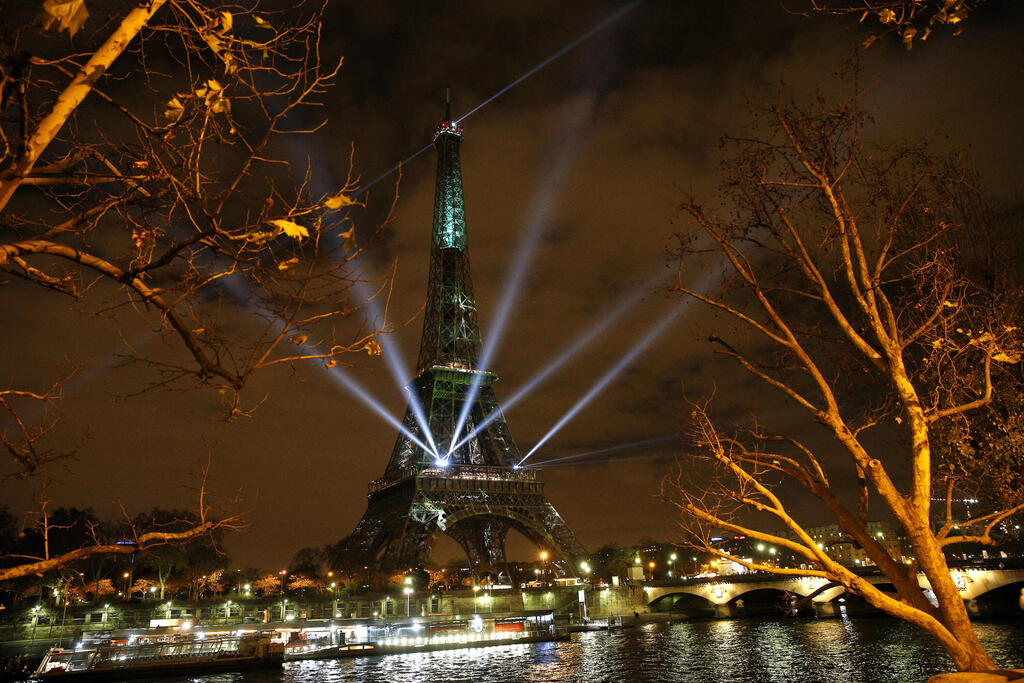In 2015, a pivotal moment unfolded in the battle against climate change. At the UN Climate Change Conference, representatives from across the globe signed an important agreement known as the "Paris Agreement," named after the city where the conference was convened. This agreement, signed by 195 countries, commits nations globally to work towards limiting Earth's warming.
The stipulated goal is to ensure that the average temperature increase, relative to pre-industrial levels, does not exceed two degrees Celsius. But why was the specific target of two degrees chosen?
The path to two degrees is paved with good intentions
The idea of restricting global warming to two degrees Celsius originated from the work of economist William Nordhaus. In two articles published in the 1970s, Nordhaus argued that a two-degree change could profoundly impact the climate system, potentially resulting in severe environmental consequences.
Nordhaus is not alone: the significance of limiting warming to two degrees or less is supported scientifically. This is supported by the concept of climate tipping points - specific threshold conditions beyond which the climate system could undergo irreversible changes or take an extended period to revert to its original state. Tipping points are often associated with positive feedback loops, which means that once a climate system reaches such a tipping point, the ongoing changes in it become self-perpetuating.
A simple example involves the Arctic Ocean ice: as the ocean warms, the ice cover diminishes, and since water absorbs more heat than ice, the disappearance of ice causes an acceleration of the warming rate of the ocean and so on accelerating warming further. There are many more examples of tipping points in the climate system, including the potential halt of the Gulf Stream, the potential collapse of ice shelves in Greenland and Antarctica, and more.
Although the issue of tipping points is at the forefront of climate science research, accurately predicting the temperature thresholds at which Earth will reach a particular tipping point remains elusive. Recently, a group of researchers showed that some tipping points in the climate system could be triggered by an increase of 1°C in global warming, and that after an increase of 1.5°C the chances of this escalate significantly. Their analysis indicates that global warming by more than 2°C will certainly precipitate tipping points. Hence, successfully limiting global warming to two degrees or less will reduce the likelihood of these catastrophic and irreversible changes.
2 View gallery


The Eiffel Tower lights up with colors and messages of hope on the eve of the COP21 climate conference in Paris
(Photo: EPA)
But contrary to Nordhaus's estimation, it seems that even a more moderate increase, of less than two degrees, leads to undesirable outcomes. Already now (2024), as the global average temperature is about 1.2°C higher than at the pre-industrial levels, the effects of climate changes are noticeable in extreme weather events, including heavy rainfall and floods, prolonged droughts, and raging wildfires, on scales unprecedented in recorded history.
In other words, if Nordhaus had known what we know today, our targets would possibly be more stringent, aiming to prevent global warming by even a single degree or less. Climatologist Michael E. Mann phrased it well, stating that "1.2°C warming, which is where we are, is too much."
The upper limit
In discussions about climate targets, the figure of two degrees Celsius often comes with a context of even lower, preferable temperature goals—such as limiting warming to one degree or one and a half degrees. The Intergovernmental Panel on Climate Change (IPCC), the primary scientific authority on climate change, has even released a dedicated report outlining the implications of Earth's warming by one and a half degrees.
This report extensively outlines the benefits of limiting warming to one and a half degrees rather than two, noting that the limitation of global warming to one and a half degrees compared to two will reduce adverse effects on ecological systems and on the quality of life of humans.
According to the report, warming by two degrees will significantly increase the likelihood of extreme weather events, Arctic ice loss and coral bleaching, relative to an increase of one and a half degrees.
But are there any advantages to setting the global warming target at two degrees? The primary advantage is feasibility – while ambitious, a two-degree target is perceived as achievable and easier to communicate than more nuanced targets such as 1.9 or 2.1 degrees.
With global temperatures already having risen by about one degree, and ongoing high rates of greenhouse gas emissions, a target of one and a half degrees seems almost unattainable. Moreover, using rounded figures such as "two degrees" makes the target clearer and more memorable, which is essential for generating widespread engagement and action. In this light, "two degrees" might prove more effective than "one and a half degrees" for rallying global commitment.


